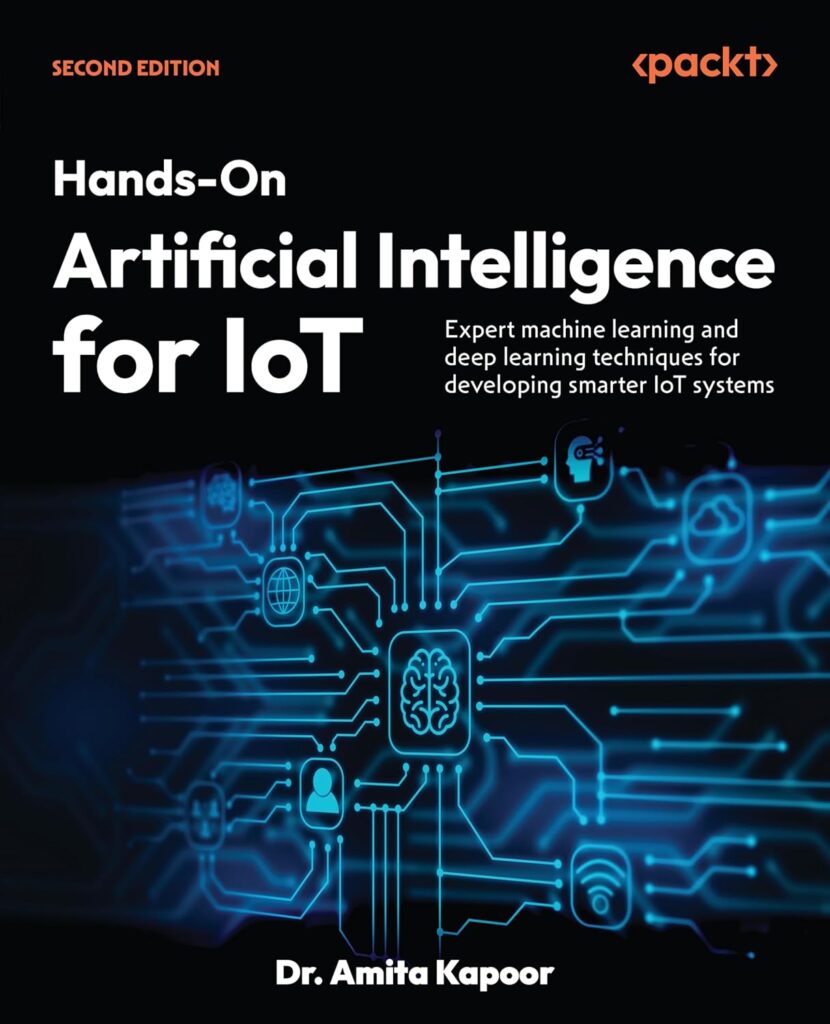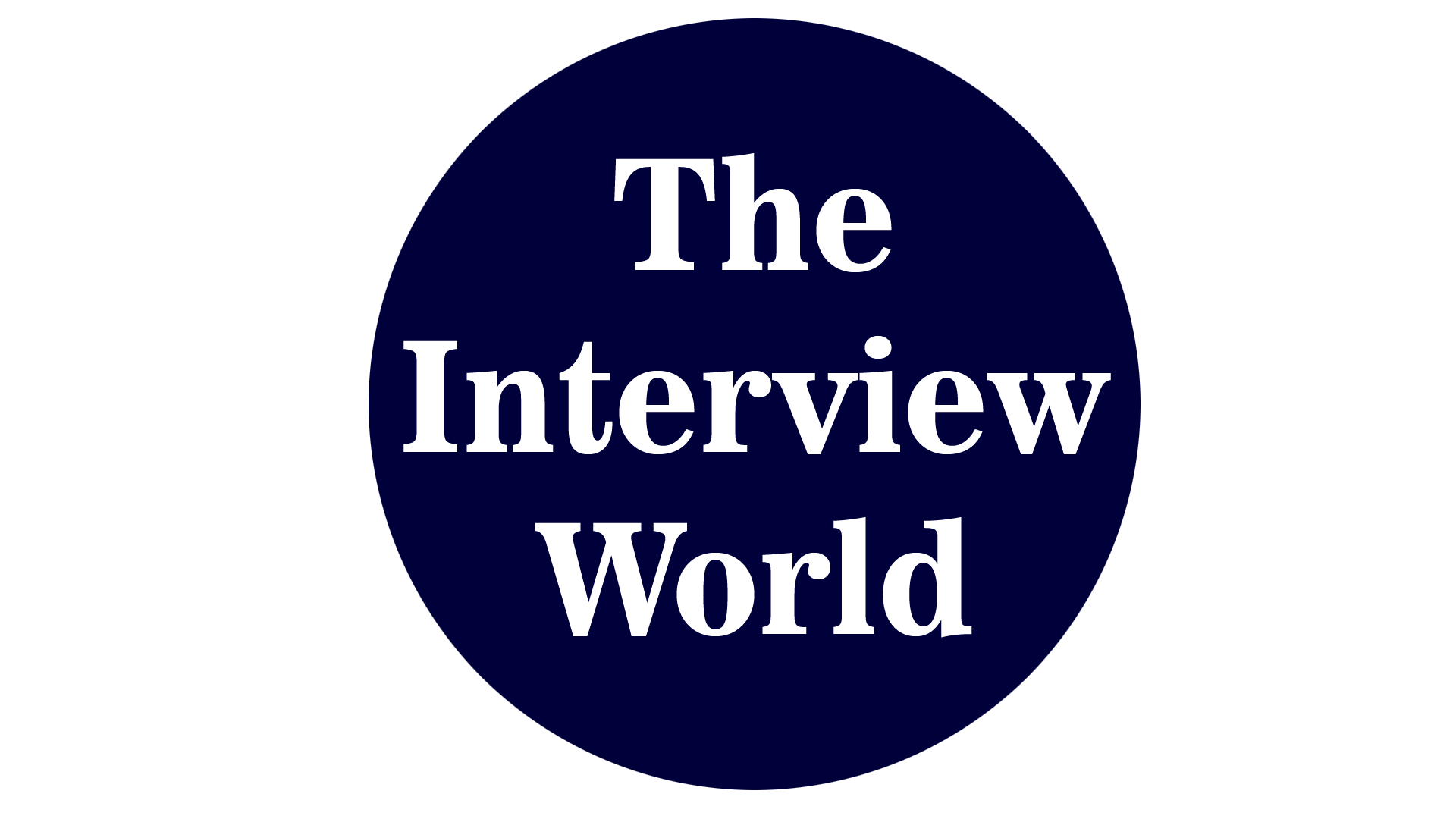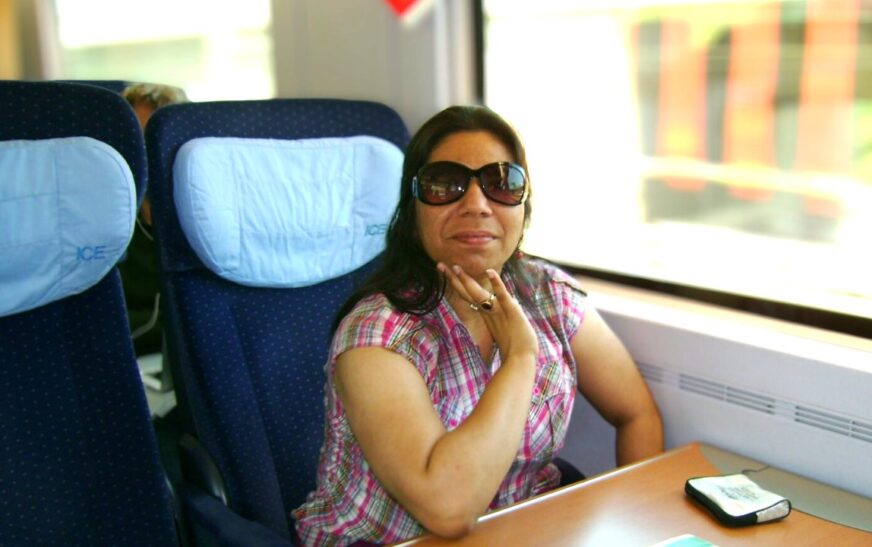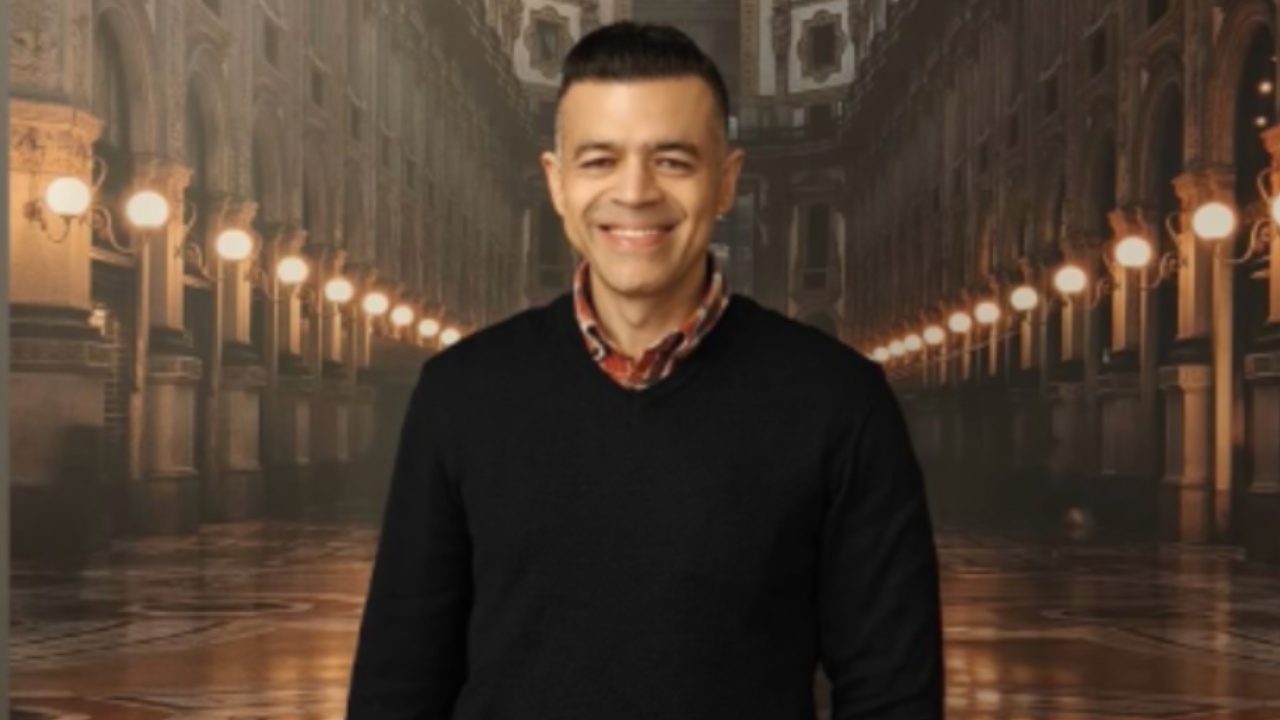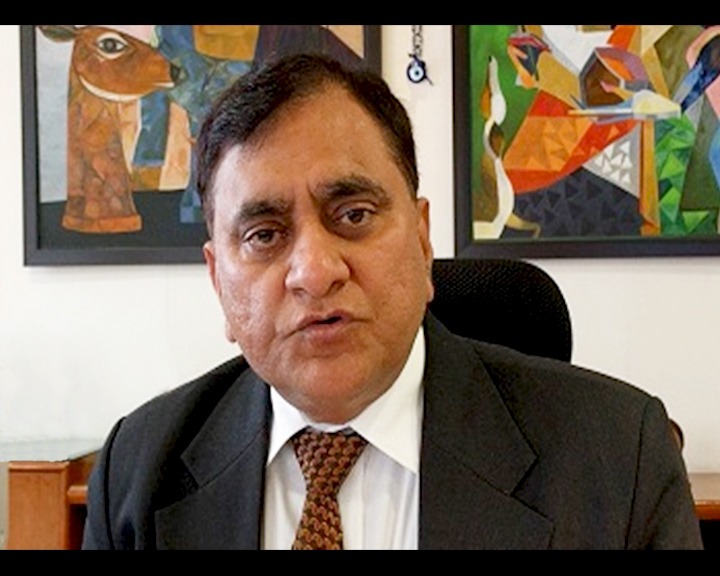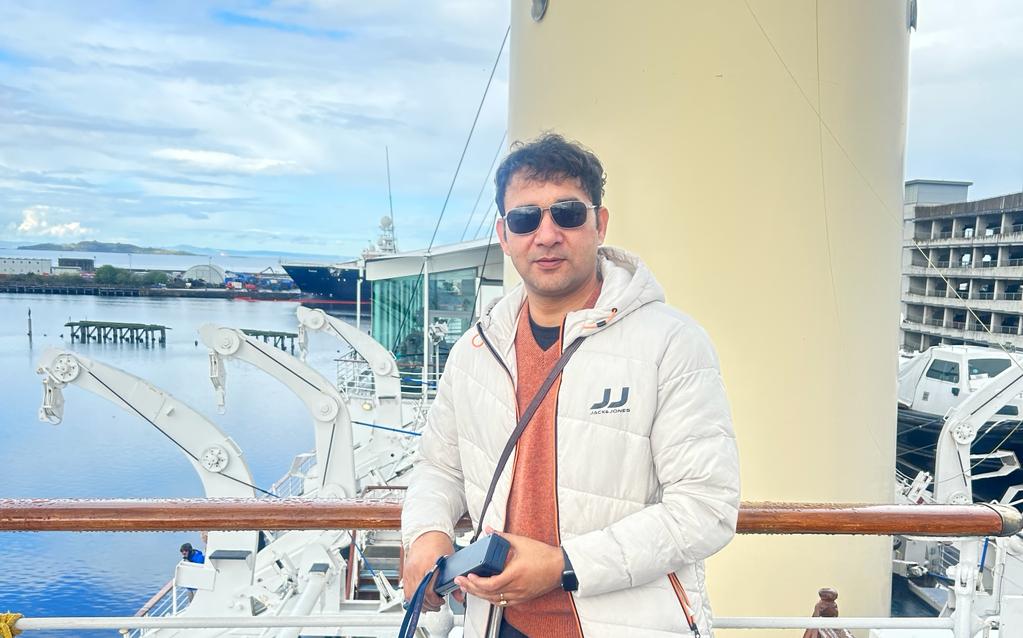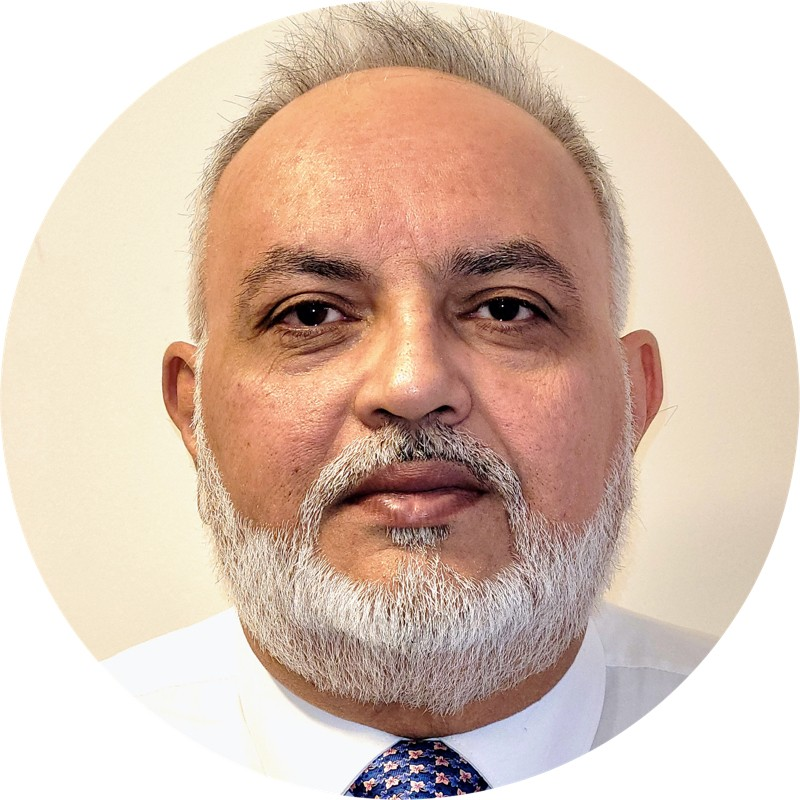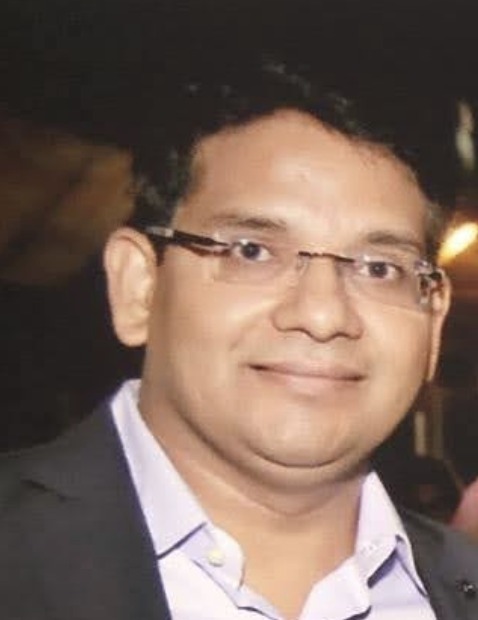Welcome to the high-octane intersection of Artificial Intelligence and the Internet of Things—where intelligence meets interconnection, innovation becomes ingenious, and inexplicable transmutes into éclaircissement.
Hands-On Artificial Intelligence for IoT by Dr. Amita Kapoor isn’t just a book. It’s your blueprint for building intelligent, adaptive, and data-driven systems that don’t just respond—but think.
This isn’t theory for theory’s sake. Dr. Kapoor brings the heat—fusing foundational knowledge with real-world, roll-up-your-sleeves case studies. From machine learning and deep learning to reinforcement learning and generative models, she arms engineers, developers, and curious innovators with everything they need to level up their IoT solutions.
Dr. Kapoor isn’t new to this space—she defines it. A globally respected AI educator, researcher, and bestselling author, she brings over 25 years of industry and academic experience to the page. She’s advised the IMF, co-founded two tech-forward ventures (NePeur and Retured), and helped democratize AI education as a board member at Neuromatch (2022–2024). She also teaches at the University of Oxford and penned the acclaimed Deep Learning with TensorFlow and Keras.
This second edition of Hands-On Artificial Intelligence for IoT is more than a refresh. It’s a revolution. It’s packed with hands-on projects, explores cloud and edge AI integration, and delivers laser-sharp insights on how to build intelligent systems that actually work—whether you’re retrofitting legacy infrastructure or designing from the ground up.
In an exclusive conversation with The Interview World, Dr. Kapoor shares the beating heart behind the book. She talks about her mission to make advanced AI accessible without compromise. She traces how IoT has evolved into a smart, connected ecosystem—and how AI is now its nervous system. She dives into compelling use cases, especially in smart cities, and unpacks the ethical and technical challenges of deploying AI in real-world IoT environments.
And she doesn’t stop there. With clarity and conviction, she speaks directly to the next generation—especially young women—urging them to lead, innovate, and shape the future of intelligent technology.
Here are the most powerful takeaways from our conversation.
Q: What inspired you to write Hands-On Artificial Intelligence for IoT at this particular intersection of AI and IoT?
A: The first edition was born out of necessity—and a little bit of stubborn passion.
As both an educator and a practitioner, I saw the same frustrating gap over and over: plenty of buzz around AI and IoT, but almost nothing that truly showed how to bring them together in the real world. I didn’t want another abstract treatise on emerging tech. I wanted a hands-on, practical guide—a bridge between theory and application.
And I wasn’t alone. Engineers, students, and innovators kept coming to me with the same urgent questions:
“I’ve got all this IoT data. Now what?”
“How do I move beyond dashboards and actually build systems that think, learn, and adapt?”
That first edition? It was my answer to those questions. My way of lighting a path where none seemed to exist.
But the second edition? That was sparked by you—my discerning readers.
Since the book’s debut in 2019, the response has been both humbling and electrifying. Emails arrived daily. Messages pinged on LinkedIn. And in one unforgettable podcast, the host paused mid-recording and said, “Before we go on—I just want to tell you. I’ve read your book. It’s wonderful.”
Those words stayed with me. Not as flattery—but as fuel.
Meanwhile, the tech had evolved. Dramatically. The first edition was built on TensorFlow 1—a workhorse then, but outdated now. Keras 3 had arrived, streamlining AI development. Edge computing had matured. And the rise of Generative AI had rewritten the rules—opening entirely new ways to build intelligent, adaptive IoT systems.
So, no—this second edition isn’t just a facelift. It’s a reinvention. A thank-you note in the form of pages. A love letter to progress. A bold update that reflects today’s tools, today’s thinking, and today’s relentless pace of innovation.
And it’s still guided by the same mission: to make cutting-edge AI and IoT not just understandable—but truly usable, by anyone who dares to build something that matters.
Q: The book is both comprehensive and hands-on. What was your approach to balancing technical depth with accessibility for readers across varying skill levels?
A: I gave myself a bold challenge: How can we make state-of-the-art AI not only understandable—but powerfully usable—without watering it down?
That question shaped everything about this book. The result? A learning journey that’s both rich in depth and radically accessible, carefully divided into four thoughtfully crafted parts.
We start with Part 1—a beginner-friendly foundation in AI and IoT, built to orient and empower those just stepping into the field. In Part 2, we go deeper: machine learning, deep learning, and optimization methods take center stage, expanding your technical fluency. Then comes Part 3, where we explore the fascinating world of multimodal AI—text, images, audio, video—all working together to create intelligent systems that feel almost human. Finally, Part 4 grounds everything in the real world, through practical case studies spanning smart cities, healthcare, and industrial IoT.
But here’s the twist: I took a code-first, math-light approach. You don’t need to be a math wizard to get started. The hands-on projects speak for themselves—tangible, usable, and immediately relevant. That said, I haven’t banished math entirely. There’s just enough to illuminate the “why” behind the “how”—for those who crave deeper understanding. For everyone else, the code examples stand strong on their own.
Where things get complex, I lean into simplicity: clear analogies, smart visuals, and walk-through Python examples. And I don’t just talk theory—I introduce real-world libraries like Keras 3, Hugging Face Transformers, MediaPipe, and Ultralytics YOLO so readers can build with the tools that professionals actually use.
My mission? To meet readers exactly where they are—curious students, experienced developers, or ambitious professionals ready to build intelligent IoT solutions. More than just teaching AI, this book is here to ignite confidence, inspire action, and spark innovation that matters.
Q: GANs and reinforcement learning are considered advanced topics—how do you see their practical adoption evolving in mainstream IoT systems?
A: Generative Adversarial Networks (GANs) and Reinforcement Learning (RL) aren’t just buzzwords. They’re the power duo poised to redefine the Internet of Things (IoT) as we know it.
The fuse has been lit. With edge AI hardware becoming faster and leaner, and modern software frameworks slashing the complexity of deployment, the integration of these technologies into IoT is no longer a distant vision—it’s an imminent leap.
Let’s talk GANs first. Their ability to generate synthetic datasets is a game-changer, especially in data-scarce IoT environments where gathering real-world data is often slow, messy, or simply impossible. But that’s not all—GANs are incredibly adept at learning what “normal” looks like and flagging what’s not. This makes them indispensable for anomaly detection—critical for both predictive maintenance and safeguarding connected systems from cyber threats.
Meanwhile, reinforcement learning is rewriting the rules of real-time decision-making. Think beyond the lab—RL is already tuning traffic lights in smart cities, choreographing autonomous robots in warehouses, and balancing energy flows in microgrids with precision and finesse. And with tools like Ray RLlib and Stable-Baselines3 gaining momentum, the barriers to entry are falling fast. Self-learning, self-optimizing IoT systems are no longer a moonshot—they’re within reach.
The writing on the wall? In the next three to five years, expect GANs and RL to break free from academic journals and power some of the most dynamic real-world deployments. Industrial automation, smart energy, connected mobility—these aren’t just sectors; they’re launchpads for the intelligent, scalable, and autonomous IoT systems of tomorrow.
Q: Your chapters on smart cities and industrial IoT are particularly visionary. What are the most promising use cases you foresee in the next 5–10 years?
A: In the next 5 to 10 years, we’re not just looking at incremental change—we’re staring down a full-scale transformation. A powerful convergence of AI and IoT is set to reimagine how we tackle humanity’s most pressing challenges—from sustainability to resilience to deeply human-centred design. And this shift? It’s not on the horizon. It’s already in motion.
Take smart cities, for instance. We’re moving from static infrastructure to living, learning ecosystems. AI-driven traffic systems won’t just manage congestion—they’ll predict and prevent it. Adaptive networks will power energy-efficient lighting, dynamically tuned to usage patterns. Waste management will get smart, precise, and nearly invisible. And public safety? Expect a quantum leap—AI fused with sensor networks and computer vision will detect threats before they become headlines. Even city services will stop being one-size-fits-all. They’ll shape themselves around the individual—offering tailored, responsive experiences that feel less bureaucratic and more… human.
In the industrial IoT space, the story is just as bold. We’re leaping from predictive maintenance to prescriptive intelligence. AI won’t just tell us what might break—it’ll tell us exactly what to do to stop it. Enter digital twins: living, breathing virtual models of physical systems. These AI-powered replicas will simulate, test, and optimize—cutting waste, boosting performance, and shrinking environmental impact before a single bolt turns in the real world.
This isn’t science fiction. This is now. These aren’t far-off possibilities—they’re blueprints being drafted, refined, and deployed today.
And through my book, I wanted to make one thing crystal clear: you’re not just a spectator to this transformation. You are its builder. Its designer. Its architect. The future is not something we inherit—it’s something we engineer.
Q: Where do you see the convergence of AI and IoT heading, particularly in terms of sustainability, human-centred design, and intelligent automation?
A: The fusion of AI and IoT isn’t just about keeping devices online—it’s about making them intelligent, intuitive, and deeply human. These systems don’t just react; they perceive. They understand context. They adapt in real time. And most importantly, they anchor every decision around what truly matters: people and the planet.
Let’s start with sustainability. In precision agriculture, AI-powered sensors fine-tune irrigation and pesticide use—not just reducing waste, but maximizing yield with minimal environmental cost. Smart grids? They’re no longer static—they analyse energy demand in real time, shifting loads intelligently to cut carbon emissions and energy bills. Supply chains, once opaque, now pulse with transparency: connected assets trace materials across their lifecycle, while AI decides whether to reuse, recycle, or remanufacture. The result? A circular economy where waste becomes a resource, not a regret.
Now, shift to human-centred design. AI doesn’t just crunch data—it understands us. From wearables that detect early signs of stress and offer personalized wellness nudges, to smart homes that quietly adjust your lighting, temperature, or security based on your routine—these systems operate with a kind of ambient intelligence. No buttons to push. No manuals to read. Just seamless, inclusive experiences powered by voice, gesture, and even emotion.
But here’s the real magic: the AI-IoT alliance doesn’t replace us—it amplifies us. It strips away the repetitive and the routine, handing us back our most precious resources: time, focus, and creative energy. It gives us the space to dream bigger, solve harder problems, and lead with empathy.
This isn’t just a connected future. It’s a consciously-crafted one—engineered not for convenience alone, but for collective well-being. That’s the promise. And the imperative.
Q: Are there specific gaps in the current AI+IoT ecosystem (technical, ethical, or infrastructural) that you believe still need to be addressed?
A: Absolutely. Yes, technology is hurtling forward at a breakneck pace—but speed without intention is a missed opportunity. We must urgently address three critical gaps that threaten to stall real progress.
First: Standardization and interoperability. Right now, most IoT devices and AI platforms exist in isolated silos—data trapped, models locked inside proprietary ecosystems. It’s the digital equivalent of everyone speaking a different language with no translator in sight. If we want to scale meaningfully, we must build bridges: open standards, shared protocols, and seamless integration across systems, vendors, and applications. That’s not optional. That’s the foundation.
Second: AI at the edge. We talk a lot about edge computing—but here’s the reality: many AI models are too heavy, too hungry, and too complex for the lightweight, resource-constrained environments they’re meant to live in. Yes, frameworks like TinyML are breaking ground. But we need to go further. We need AI that’s lean, energy-smart, hardware-aware, and agile enough to learn right where it lives—on-device, in real time, at the edge. That’s how we unlock its real-world, real-time potential.
Third: Ethics, accountability, governance. As AI-powered IoT systems begin to make decisions on their own, we can’t treat ethics as a bolt-on. We must embed it from the ground up. That means confronting algorithmic bias. Demanding transparency. Insisting on accountability. And fiercely protecting data privacy. The question isn’t just can we build these systems—it’s should we, and how do we ensure they serve everyone fairly?
These aren’t roadblocks. They’re invitations—to innovate boldly, collaborate deeply, and design with fierce intention. The future won’t wait. But it will reward those who build it right.
Q: As a leading woman in AI and emerging tech, what message do you have for young women looking to enter this field?
A: To every young woman daring to dream of a career in AI or emerging tech—know this: the world doesn’t just need you. It’s starving for your perspective, your ingenuity, your singular voice.
Do not shrink in the face of doubt—yours or anyone else’s. And never contort yourself to fit someone else’s definition of who belongs in this space.
Because this field? It’s far more than code and neural networks. It’s about solving human problems, decoding behaviour, and building systems that reflect the breadth of lived experiences.
So—stay insatiably curious. Sharpen your technical prowess with precision. But also, trust your instincts. They’re not soft; they’re strategic.
Find mentors. Find allies. Build your tribe. But don’t wait for anyone to hand you a seat at the table—pull up your own chair. Your ideas matter. Your presence matters. You are not a guest in this future—you are a co-architect of it. And most importantly, let this echo within you: You belong here. The space is yours to claim. And this? This is only the prologue.
